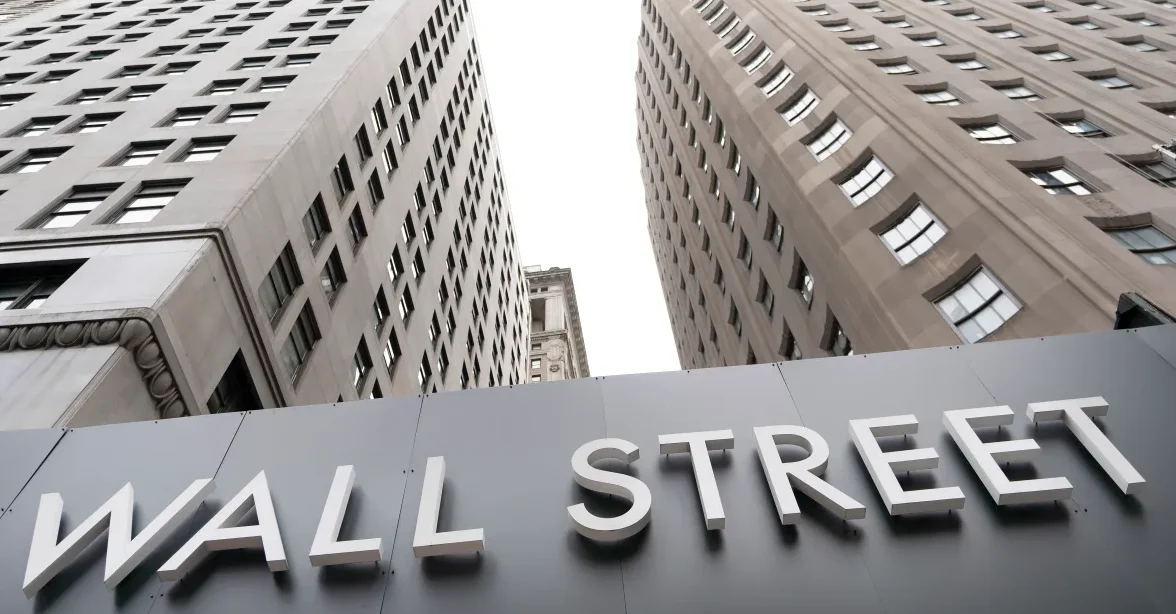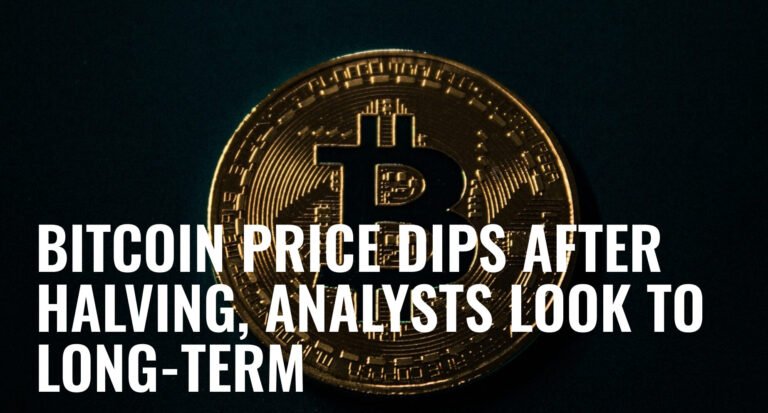Bitcoin price dip notably on April 7, 2025, falling 2.6% to under $81,000. This shift occurred in the context of increasing market volatility and mounting economic uncertainty, especially regarding Wall Street’s subsequent actions in response to current fiscal policies.
Synopsis of the Market
BTC was priced at around $78,128 at the close of trading on April 7, a 0.04984% drop from the day before. The trading for the day peaked at $82,449 and slumped to $74,561.
The current decline in Bitcoin price dip fits more general market responses to the Trump administration’s declaration of additional tariffs influencing imports from almost 90 nations. These tariffs, which include a 10% duty on all imports and extra taxes on exports from countries such as China, the EU, Japan, and Vietnam, have created notable volatility in both conventional and digital asset markets. Significant indices like the Dow Jones Industrial Average dropped 3,910 points over two days, while the S&P 500 and Nasdaq witnessed about 6% drops, wiping off $6.6 trillion in market value immediately following.
Wall Street’s Financial Forecast

Several well-known Wall Street firms have changed their economic projections in the face of these events. Suppose the present tariff policies continue and the Federal Reserve keeps current interest rates. In that case, Morgan Stanley analysts estimate that the S&P 500 might drop below 4,700, a 7% to 8% loss from last week’s closing value. Citing concerns over policy uncertainty and tighter financial conditions, Goldman Sachs has increased the likelihood of a U.S. recession within the next 12 months to 45%, up from a previous estimate of 35%.
Prospect for stagflation
Jamie Dimon, the CEO of JPMorgan, has also voiced worries on the likelihood of “stagflation,” a situation marked by slow economic development and increasing prices. Dimon links this risk to global remilitarization, significant infrastructure and green economy projects’ required investments, and significant budget deficits. Reminiscent of economic times in the 1970s, he speculates that interest rates might keep rising even during slowdown times.
Investor Mood and Market Variability
These elements, taken together, have significantly changed investor mood, raising market volatility. Given the new tariffs’ inflationary pressures, the sudden policy changes have left investors unsure about the Federal Reserve’s future activities. With assets like Bitcoin Price Analysis Bulls showing large price swings, this uncertainty has helped to explain variations in both conventional equity markets and the cryptocurrency industry.
Strategic Decisions Made by Wall Street
The decisions made in the following weeks will be critical as Wall Street evaluates the effects of the present fiscal measures. Trade policy, monetary reactions, and geopolitical events will probably determine market paths in interaction. Since these changes will affect asset values worldwide, including cryptocurrencies like Bitcoin, investors are eagerly following them.
Final Thought
The recent decline in Bitcoin’s price and more general market swings emphasize the complex link between market dynamics and fiscal policies. As Wall Street negotiates these difficulties, the strategic decisions will significantly impact conventional and digital asset markets. Maintaining informed and agile will be crucial for investors in adjusting to the changing economic scene.


